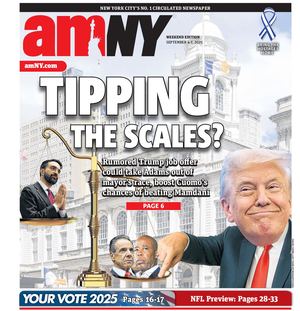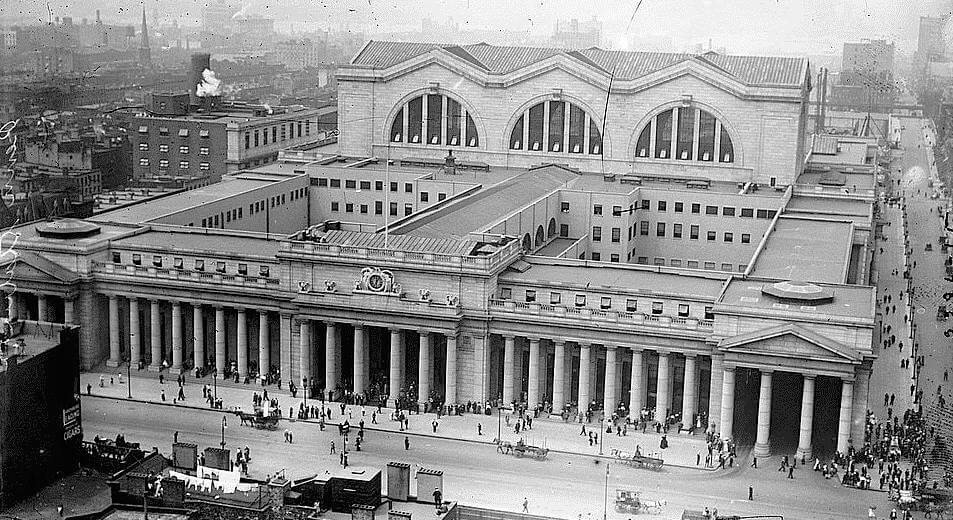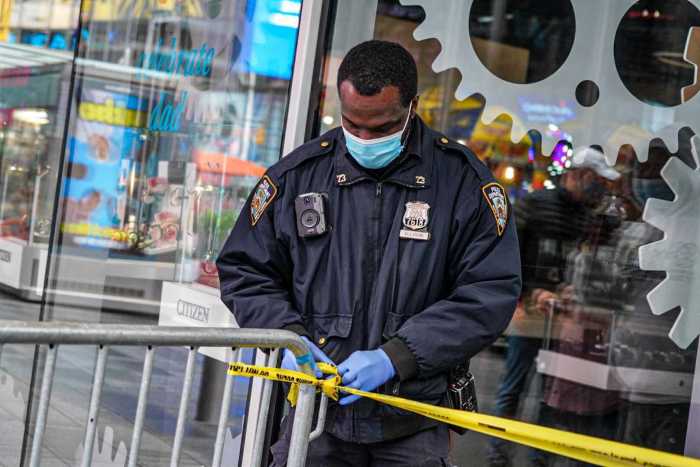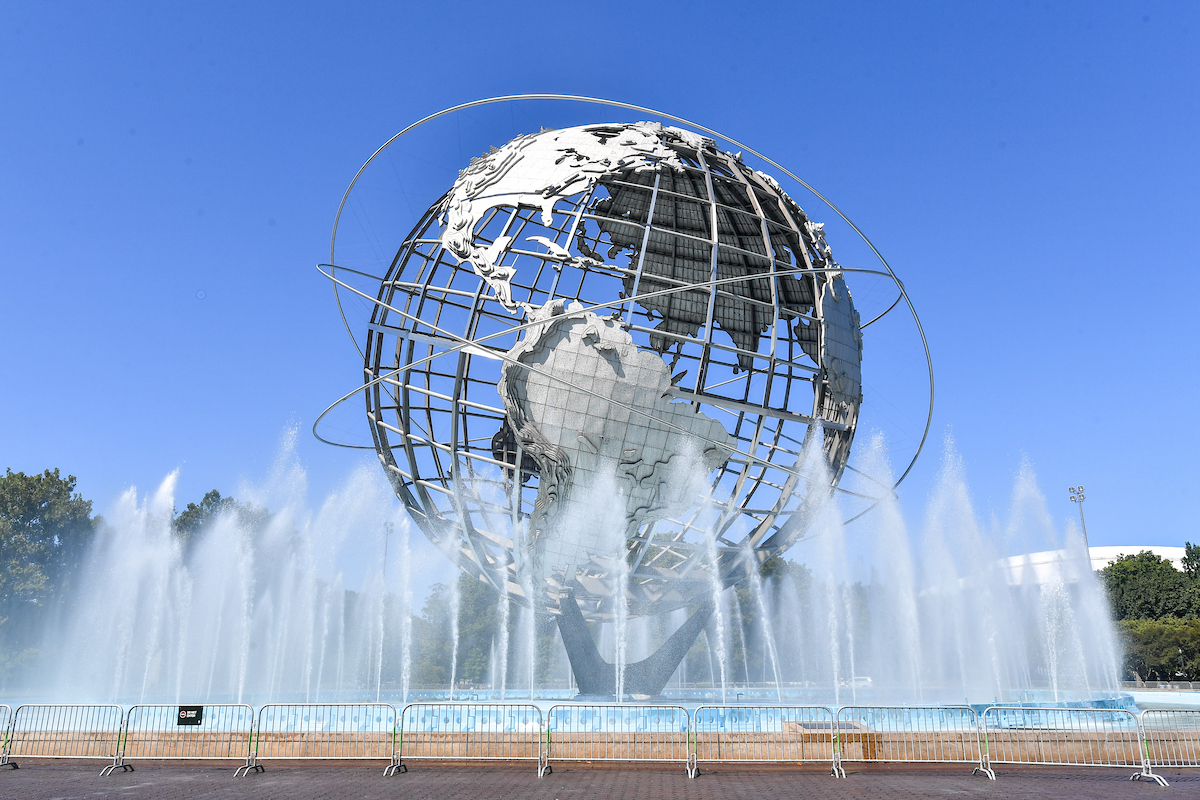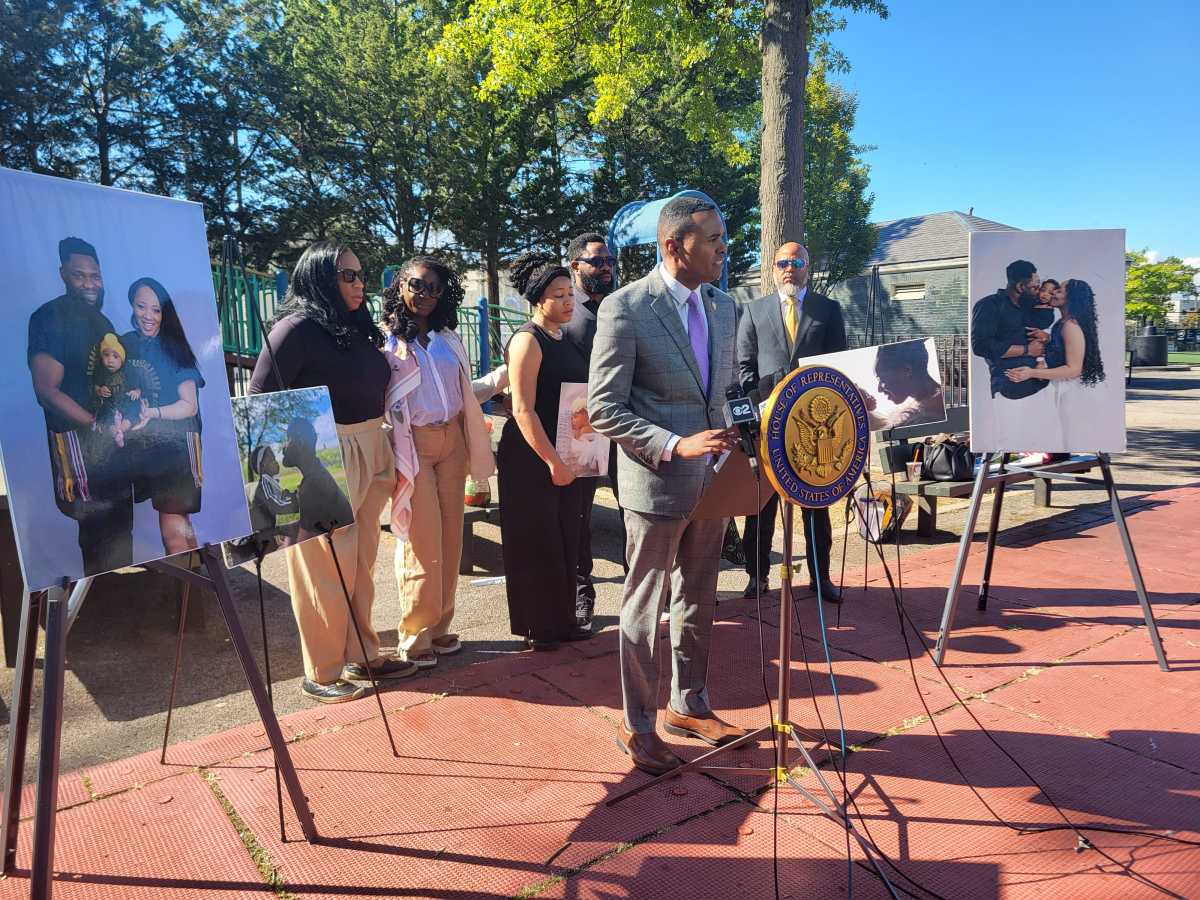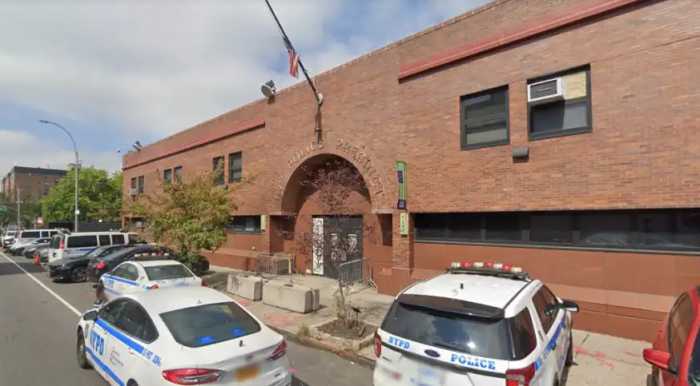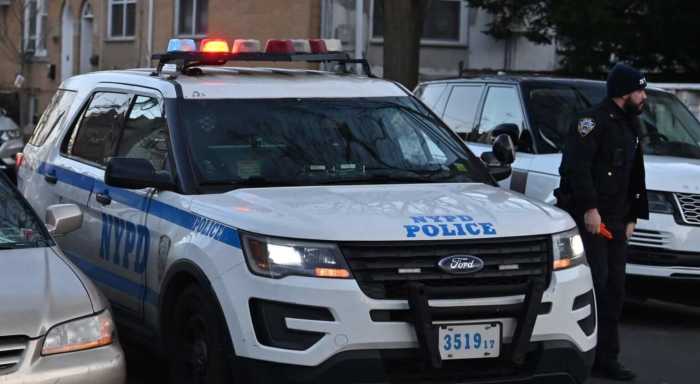The Empire Station Coalition, a group questioning the state’s plan to redevelop Penn Station, argued Tuesday evening in favor of more a traditional architectural style in the rebuild of nations largest transit hub and the surrounding area.
Lynn Ellsworth, the executive director of Human Scale NYC, called for more of a democratic process in how the Penn District will look in the future while others in the coalition made the case for the same with addition of saving the Hotel Pennsylvania and moving Madison Square Garden.
“Can we make our architectural decisions democratically? According to researchers, in ancient Athens, it was the assembly of citizens that decided what public buildings were to be built, who should build them and how much money to give them. That included the Parthenon,” Ellsworth said in a virtual meeting. “Look how great the neighborhood once was… Look how [the old Penn Station] fit the city and made it great, while being part of it at a human scale. We can still do stuff like this if we have the will.”
While these demands are not new, the coalition hoped that some aspects of the plan would change with the coming of Governor Kathy Hochul to the executive chamber after the resignation of Andrew Cuomo who championed the Empire Station Complex in his last two consecutive State of the State addresses.
The governor’s office has yet to release any amendments – if any – that they plan to apply to the $306 billion Cuomo-era proposal, which includes improvements not only to the aesthetics of the station, but also includes an expansion to the south, and a up to ten skyscrapers in the surrounding blocks which may soon be developed by Vornado Realty Trust.
The firm potentially has sites four, five, six, seven and eight of the Penn District.
When ask if any of these elements were up for re-evaluation under the new administration, a Hochul spokesperson provided the following:
“Governor Hochul is committed to a world-class transportation network and smart development across New York, and she looks forward to reviewing the work of the Community Advisory Committee working group along with broad public feedback to ensure the best possible plan to improve the Penn Station district.”
Among the unofficial landmarks the activists hope to save, one is already being subject to the wrecking ball.
Just weeks ago, work crews at the century-old Hotel Pennsylvania were initiating the demolition of the McKim, Mead and White building that stands as the last parcel of the old Penn Station complex. The demolition has been two decades in the making with appeals to the Landmarks Preservation Commission being in vain.
Sam Turvey from ReThinkNYC, however, believes there is reason to stop the demolition regardless due to the high esteem that McKim, Mead and White buildings still hold today.
“Many people tell us why are you wasting your time, the Landmarks Commission has not gonna change their point of view, but that’s not what we’re made of,” Turvey said. “We believe the right answer is that this campus should be restored and certainly the Hotel Pennsylvania should be preserved.”
The owner of the 2,000-room hotel, Vornado, has stated that the interior has been so drastically changed over the years that there is little point in redeeming the structure which cannot be easily adapted for new purposes. In its place will rise an office building that will rival the height of the Empire State Building.
Tuesday’s discussion was the latest in a series by the coalition after leaders vowed increased activism as Cuomo transitioned out of the executive chamber in August following a series of accusations of sexual misconduct.
In July, Empire State Development attempted to pitch a more attractive streetscape built into the plan with more pedestrian and cyclist space as opposed to the current surface level transit priority being handed to cars.
